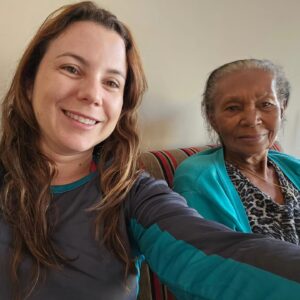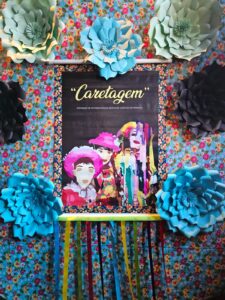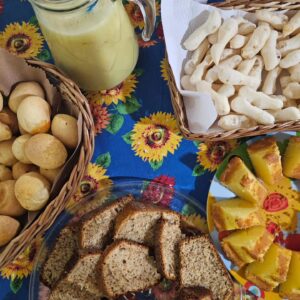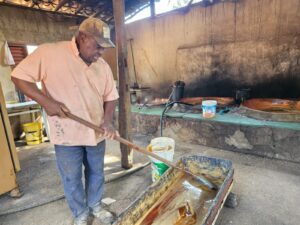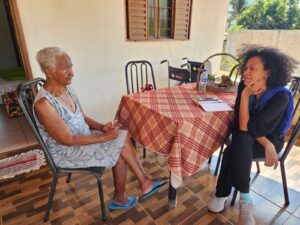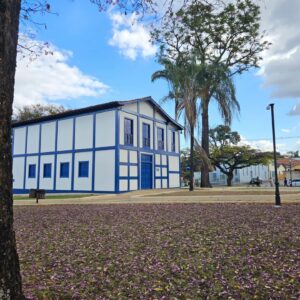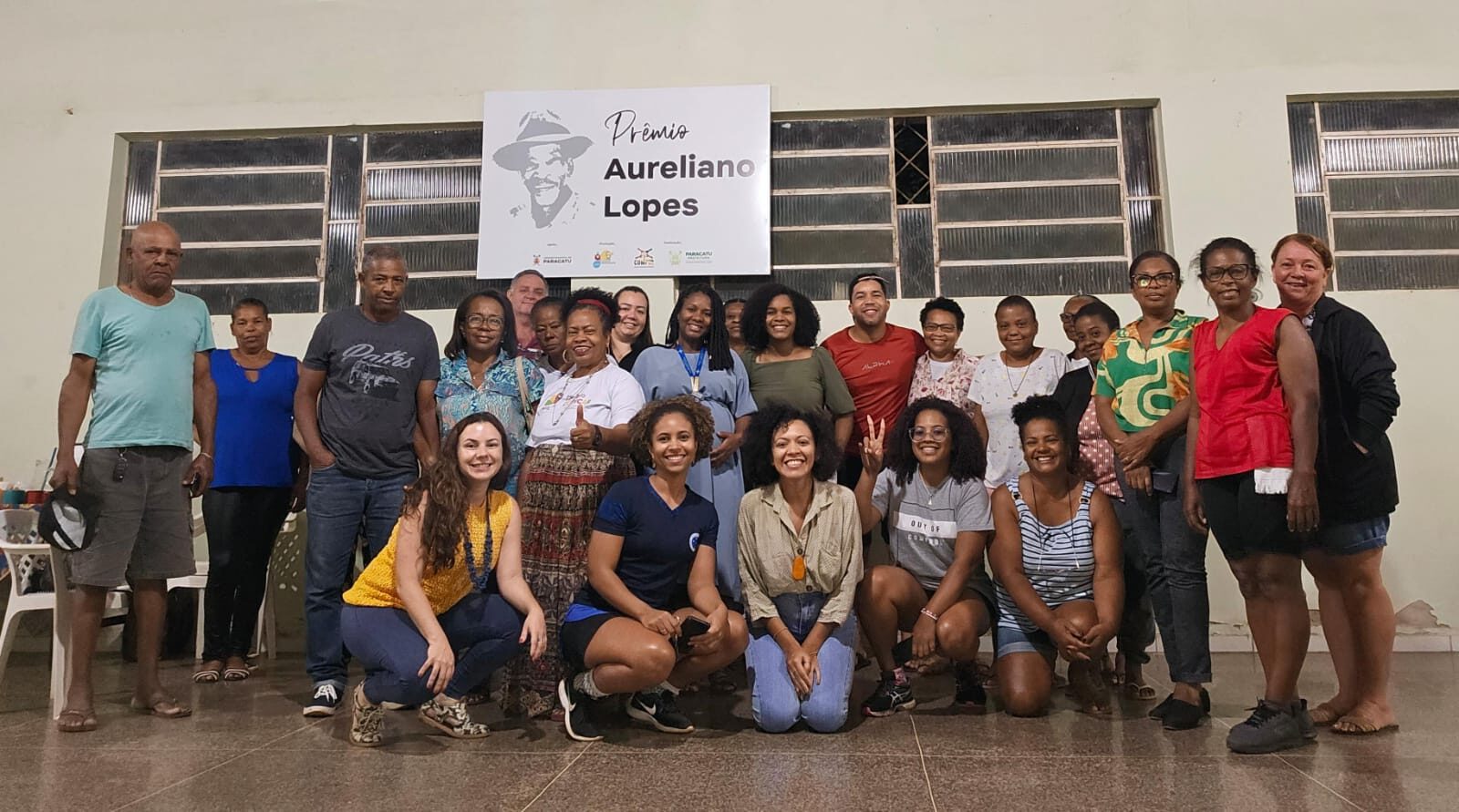
How is it possible to rescue quilombola (members of the community of the descendants of escaped slaves) heritage and strengthen tourism in these traditional communities? The answer to this question is in the actions we have carried out for the Tourism Development Project in Quilombo São Domingos, located in the city of Paracatu, Minas Gerais. The initiative is from the Brazilian Service of Support to Micro and Small Enterprises (Sebrae) in partnership with the Municipality of Paracatu, and Raízes is the executive partner in some of its stages.
Understanding the context of the region
Quilombo São Domingos, in Paracatu-MG, was certified as a quilombo remnant by the Palmares Cultural Foundation in 2004. According to the portal Ipatrimônio (iHeritage), which makes a detailed survey of the Brazilian cultural heritage, there are about 300 houses that form the community. Almost all the people are descendants of the first residents of the quilombo, who, at the time, were freed slaves who decided to remain in the region.
According to article 2 of Decree No. 4,887, of November 20, 2003, “ethnic-racial groups are considered remnants of the quilombo communities, according to criteria of self-attribution, with their own historical trajectory, endowed with specific territorial relations, with the presumption of black ancestry related to the resistance to the historical oppression suffered.”
Tourism development and the rescue of quilombola traditions
The municipality of Paracatu as a whole has undergone a process of touristic development. The City Hall and Sebrae, together, made a portal that will be launched soon with the slogan “Paracatu to live, visit and invest in!”. One of these fronts in particular, which is the “visit”, concerns tourism and has a series of actions being developed. One of them, whose partner is Raízes, is the development of quilombos.
The Quilombo São Domingos is the main quilombola community in Paracatu, but it is not the only one. The community has a number of traditions, the main one being “caretagem”, a very old manifestation and tradition passed down from generation to generation. The festival is held in the month of June and also happens in two other groups of the municipality. It is the people who produce their own clothes and perform in the ceremonies. The men dance, but the women are the guardians and prepare the feast. In addition, the food also has typical dishes, and the whole community gets involved.
“We are starting this year with Quilombo São Domingos, but the idea is that there are other phases of development. In the next trips to the field, we will develop with them the rescue of other traditions, which the older ones still remember. And the younger ones are engaged in working with tourism and culture! So, we are now working on mapping these players who will develop community tourism there,” explains Mariana Madureira, executive director of Raízes.
Next steps
Since the beginning of our partnership, earlier this year, we have already conducted the recognition of the territory and, now, we are in the phase of mapping the actors. We will develop tourism governance and begin, still in 2023, the identification of tourism products.
“The idea is that next year, with new phases, we will develop this project more deeply and connect other communities within a quilombo route,” concludes Mariana.
Here, we remain excited about the possibility of further developing tourism in the region and contributing to the rescue of quilombola traditions that speak and represent so much regarding our Brazilian traditional roots.
